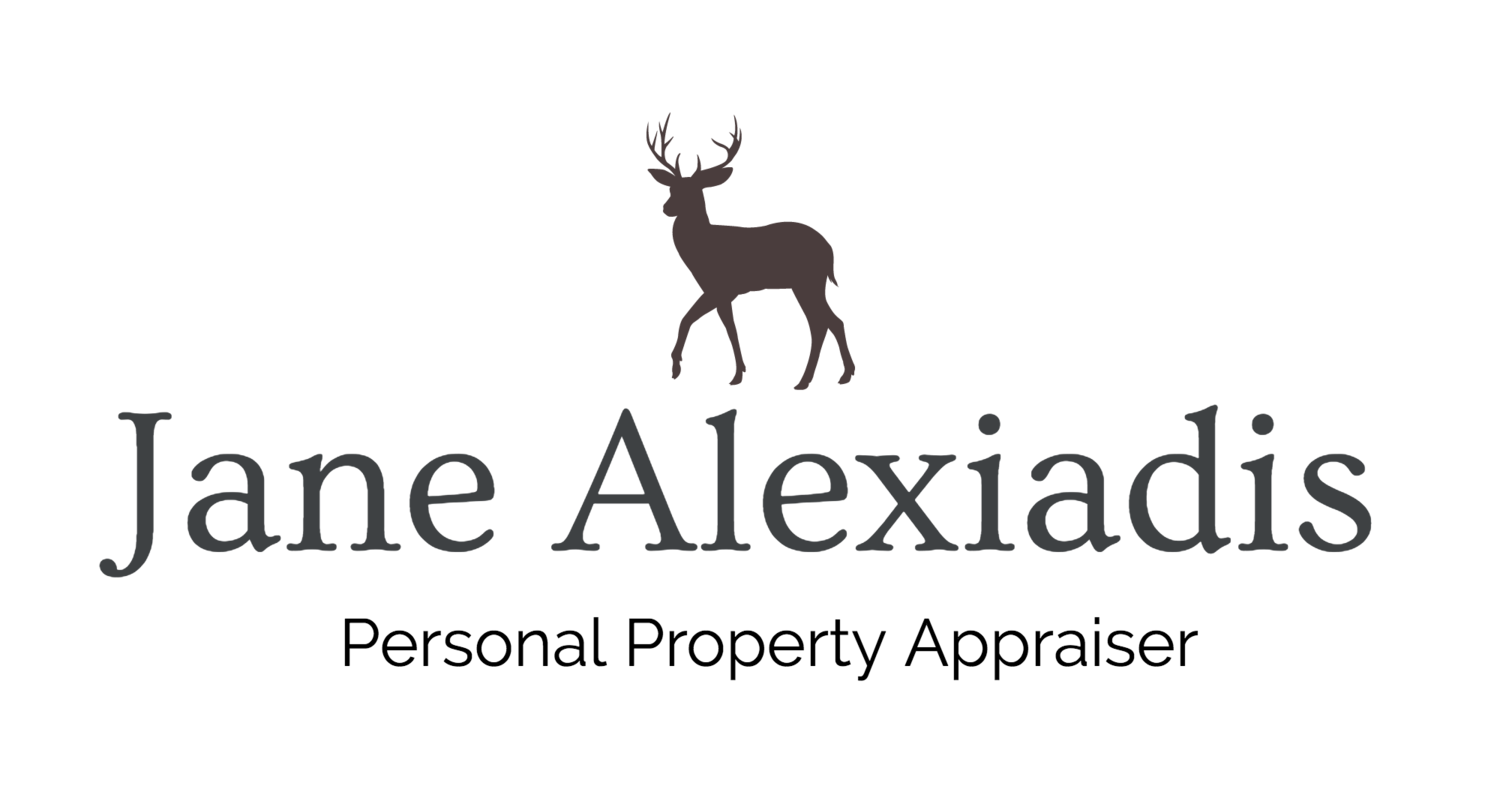Last year in Cornwall, England, an estate dealer was cleaning out a house after the death of its elderly owner. The family had separated out items they thought were worthless and set them aside for the trash. Luckily, the liquidator searched through the thrash and found a 7-inch tall bust of a cat. The statue had stood on the hearth for decades and everyone assumed it was a worthless reproduction treasured by a cat-loving woman.
This figure of a cat had been in the family for decades. Turns out it is an Ancient Egyptian Artifact! It recently sold for $80,000. (photo courtesy of Penzance Auction, Cornwall, England)
After examination, experts from the British Museum determined that the bronze figure dated to the 6th century BC! The figure sold for just over $80,000.
Several years ago, I was called to examine a group of unframed prints that a San Leandro man had inherited. He found the prints – stiffened between a piece of folded cardboard - in a large manila envelope. The prints were poor quality and nearly worthless but, when we unfolded the cardboard, we found it was a 1911 uncut sheet of 179 Pacific League baseball cards!
The creased sheet, printed by the Schmidt lithography company in San Francisco, sold for $16,000!
Encouraged by shows like “Antiques Roadshows” and “Treasures in the Attic” and even “Storage Wars” folks everywhere hope to find that lost masterpiece at a thrift store or yard sale. In reality this rarely happens. However, looking at family histories or asking about backgrounds can often guide an appraiser or estate dealer to look more carefully at property. In the case of the Egyptian artifact, it turns out that the woman’s deceased husband had worked for Spink and Sons. Spink’s, was a London Gallery London gallery specializing in the sale of ancient Egyptian artifacts. The connection to the gallery that sold the household collection of archaeologist Howard Carter added provenance and verisimilitude to the find.
The San Leandro man inherited property from his great uncle. Turns out his uncle had worked for Schmidt lithographers of San Francisco. Schmidt’s was the company contracted to print the cards inserted in packs of Obak cigarettes! Again, family history provided provenance and a logical story for how the sheet was acquired in the first place.
On the other hand, I recently wrote an inventory for a 102-year-old woman. This lovely centenarian has a Matisse that she has treasured for decades although she had no recollection of where she got it. She planned to leave this, “her most precious possession” to a niece. In fairness to the other beneficiaries, the woman believed that the monetary value of the lithograph is such that the niece should be exempted from receiving other personal property of the proceeds of the sale.
In reality, her Matisse was a lithograph with a monetary value of about $200. When the woman learned this she was disappointed and chagrinned. She finally recalled buying the print as a souvenir of a Paris trip. She gave the print to her favorite niece and willed equal portions of her estate to all family members.
Family history can help determine the provenance and monetary value of an item. If you’re visiting family this holiday season ask about the things you’ve always taken for ranted. You may not end up with a treasure but you’ll certainly end up with new appreciation for your heritage.

